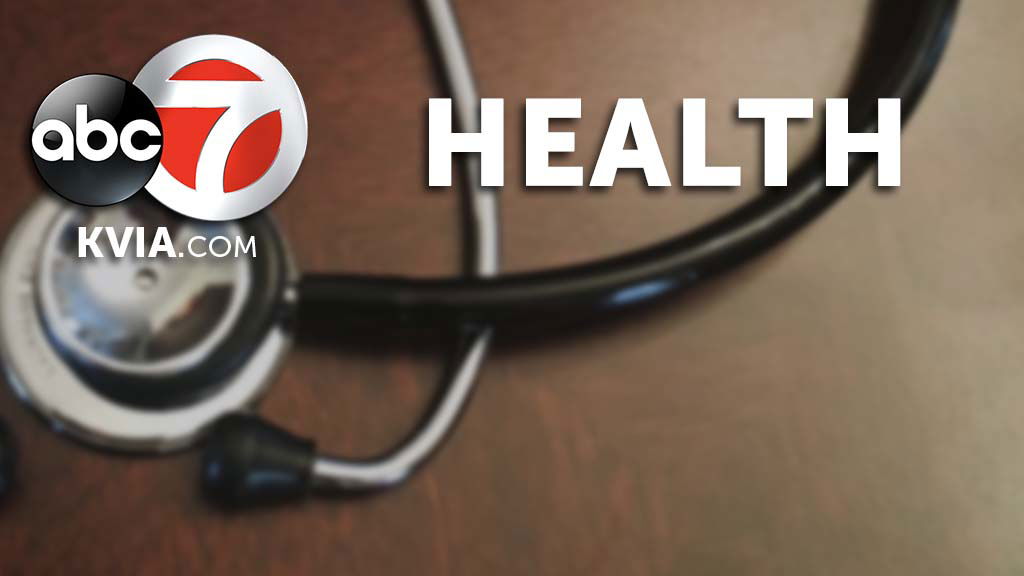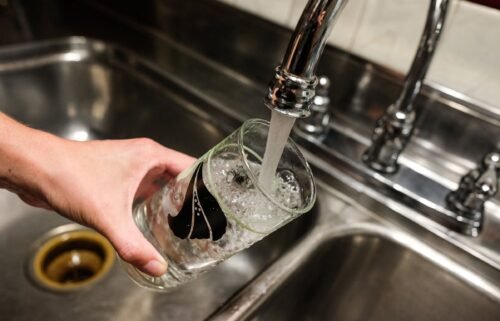Workplace cafes can play a role in your weight loss, study finds

By Sandee LaMotte, CNN
As we head back to work, we again come face to face with delicious diet-breaking temptations we were able to avoid at home.
Office snack tables are often decorated with sweets from “well-meaning” coworkers. Vending machines are full of cheap, highly processed chips, candies, cookies, ready-made sandwiches and sugar-packed sodas.
Even those of us lucky enough to have a workplace-sponsored cafe have to fight reaching for the ubiquitous slice of pizza or burger and fries, and instead force our feet toward the salad bar.
But what if your employer had your back and offered fewer unhealthy options and smaller portion sizes?
Healthier choices work
A new randomized controlled trial found when employers do that, workers buy food and drink with fewer calories — a step toward controlling both your waistline and the world’s growing obesity epidemic. The majority of people in the world live in countries where obesity and excess weight kills more people than being underweight and malnourished, according to the World Health Organization.
“Our study suggests that making relatively simple changes to menus in workplace and other cafeterias could make an important contribution to tackling obesity,” said senior author Dame Theresa Marteau, director of the behavior and health research unit at the University of Cambridge, in a statement.
In what authors are calling the largest study of its kind, University of Cambridge researchers worked with 19 workplace cafeterias in the United Kingdom to change both the type and amount of foods they sold to over 20,000 manual labor workers during a six-month period.
First, the study team swapped bacon cheeseburgers and other high-calorie offerings with grilled chicken burgers and lower-calorie choices. For some of the higher-calorie items that stayed on the menu, the researchers reduced portion sizes by 14% — serving fewer fries, smaller portions of pasta, or fewer meatballs.
Both of these changes sliced calories sold by about 12%, saving the typical UK employee 50 calories a day.
“On average, UK adults consume 200-300 excess calories a day,” said James Reynolds, a visiting researcher in the University of Cambridge behavior and health research unit, in a statement.
“This study shows that reducing portion sizes and the availability of higher calorie options in cafeterias could make an important contribution to reducing excess calories,” he said.
Calorie labels
Educating workers about healthier food choices also works. Simply labeling foods with colors — green equaled healthy, yellow less healthy, and red was the least healthy — improved food choices and cut calories, a two-year study in a Boston hospital cafeteria found.
Among some 5,600 workers, there was a 6.2% decrease in calories for each purchase over the two years. The biggest health benefit was in reducing the purchase of the least-healthy (red label) foods — that resulted in a 23% decrease in calories.
It works in schools, too
Cutting calories and providing healthier food choices works in schools, too. “Poor nutritional quality food” consumed from schools in the United States dropped from 55% to 24% between 2003 and 2018, a study published in April revealed. Most of the reduction occurred after the passage of the 2010 Healthy, Hunger-Free Kids Act, which improved nutrition by limiting calories based on a child’s age and offering healthier choices such as fruits and vegetables.
A 2020 study found that the act was especially beneficial for children in poverty. The risk of obesity declined “substantially each year after the act’s implementation,” the study said, “such that obesity prevalence would have been 47 percent higher in 2018 if there had been no legislation.”
How to cut even more calories
In general, people need to cut at least 500 calories a day to lose a pound a week, according to the US National Institutes of Health. The agency provides the following tips on how to do that:
- Watch the sugary drinks. “One 12-ounce (355 mL) regular soda has about 150 calories, and a 16-ounce (475 mL) flavored latte can pack 250 calories or more. Even fruit smoothies have lots of calories, as many as 400 in a 16-ounce (475 mL) serving.”
- Be ready for a snack attack with low-calorie options, such as grapes, a cube of cheese, or a handful of nuts with healthy fats.
- Substitute lower-calorie options, such as plain, nonfat yogurt instead of sour cream.
- Cut the fried food. Not only do fried foods clog your arteries with unhealthy fats, they are chock-full of calories.
- Stop drinking empty calories from alcohol. Did you know that some of those fruity drinks can contain up to 500 calories?
- Cut one high-calorie food each day. A glazed doughnut adds 250 calories, while an 8-ounce bag of potato chips adds a whopping 1,217.
- Cut processed meats like bacon, sausage, hot dogs, salami and other deli cold cuts, which are linked to cancer — and eat fruit as a side instead.
Add all those calorie cuts to a workplace where the portion sizes are smaller and fewer temptations lurk in vending machines, and you just might reach your weight loss and maintenance goals.
Oh — about all those tasty offerings brought to work from your coworkers’ kitchens? Sorry, you’ll have to face that alone.
The-CNN-Wire
™ & © 2021 Cable News Network, Inc., a WarnerMedia Company. All rights reserved.



